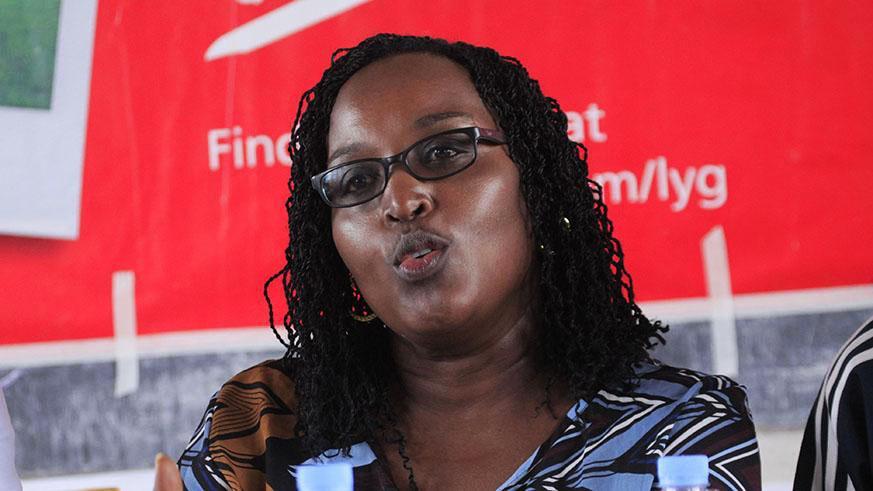Kenya’s real gross domestic product (GDP) growth is projected to rise to 5.7% in 2018—up from 4.9% in 2017—and continue to increase steadily to 5.8% in 2019, and 6.0% in 2020, according to the World Bank’s 18th Kenya Economic Update (KEU).
The economic update, ‘In Search of Fiscal Space: Government Spending and Taxation; Who Benefits?’ attributes the rebound to a recovery in agriculture, steady pick-up in industrial activity and continued robust performance of the services sector. The pick-up in Kenya’s economy is also reflected in improved household consumption and a developing recovery in private investment.
Household consumption is supported by strong remittance inflows and improved rains which has led to better harvests and lower food prices. Similarly, private sector investment is buoyed by improving investor sentiment and the availability of previously pent-up investment demand after a challenging 2017. Further, with benign inflationary conditions, a stable exchange rate, and healthy accumulation of reserves, the stable macroeconomic environment has been broadly supportive of the economic recovery. Nonetheless, with private sector credit growth remaining subdued at 4.3% this pick-up is being curtailed by limited access to credit, as well as headwinds from fiscal consolidation.
“The Bank lauds the government for embarking on needed fiscal consolidation to safeguard macroeconomic stability and help crowd in private sector investment,” said Carlos Felipe Jaramillo, World Bank Country Director for Kenya. “Further recalibrating the slowdown in expenditures between recurrent and development spending in favor of the former should allow fiscal consolidation to become more growth-friendly.”
Since the 2017 announcement of the “Big 4” development agenda, which prioritizes food security, housing, universal health coverage and manufacturing, Kenya has made some progress in instituting policies that crowd-in private sector engagement, particularly within the affordable housing pillar. The legal and regulatory framework for the Kenya Mortgage Refinance Company (KMRC) has been completed, the Stamp Duty Act providing an exemption for first-time home buyers has been signed into law, and standardized forms to register a change in property ownership have been introduced. Further reforms are needed to advance the goals of food security and nutrition, universal health coverage and manufacturing competitiveness, to maximize the inclusiveness of economic growth.
“While progress is being made to advance the “Big 4”, given the ambitious nature of these objectives, it calls for accelerating the pace of structural reforms, particularly in areas that helps crowd in the private sector to advance the “Big 4,”said Allen Dennis, World Bank Senior Economist and Lead Author of the KEU.
The special section of the KEU examines the distributional consequences of government’s spending and taxation measures. The analysis could provide input for designing pro-poor policies and describes the rate at which economic growth translates into poverty reduction.
“Personal income tax in Kenya is progressive with the poorest 40% accounting for 14.3% of market income but less than 1% of direct taxes,” said Utz Pape, World Bank Senior Economist and author of the special section on Fiscal Incident Analysis. “In contrast, 80% of the tax incidence is borne by the richest 10% of Kenya’s population.”
The special section also examines which benefits of social spending accrues to the poor. For example, cash transfer programs are well-targeted because a large fraction of the benefits is captured by the poor. However, cash transfer schemes in Kenya cover only a small portion of the population and could be expanded further to increase their poverty-reducing effect. However, more robust revenue mobilization would be needed to increase coverage significantly.


